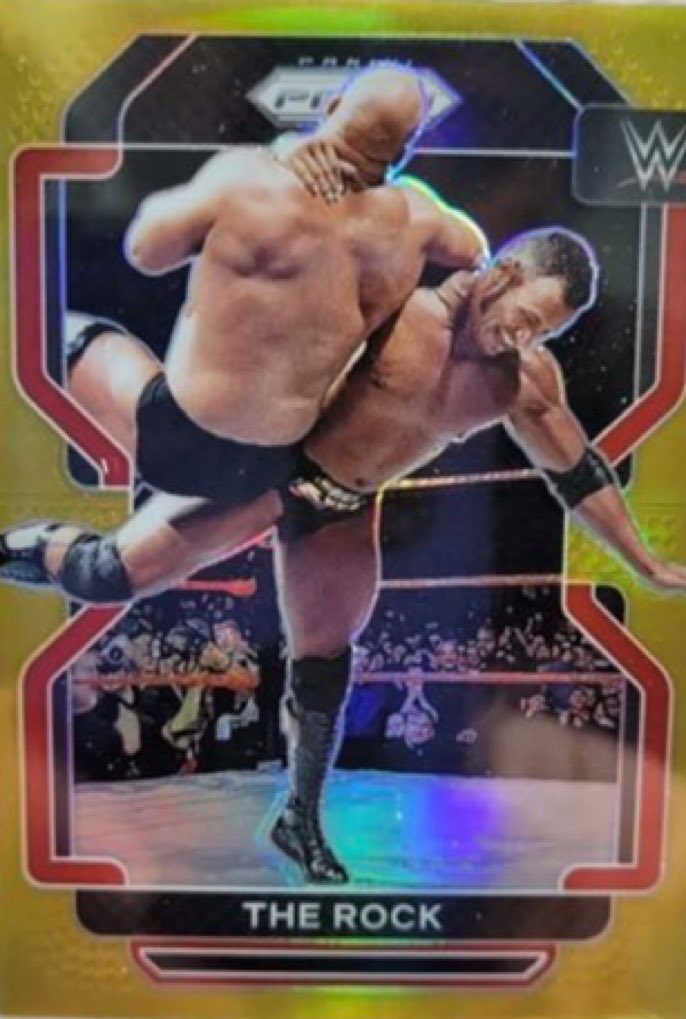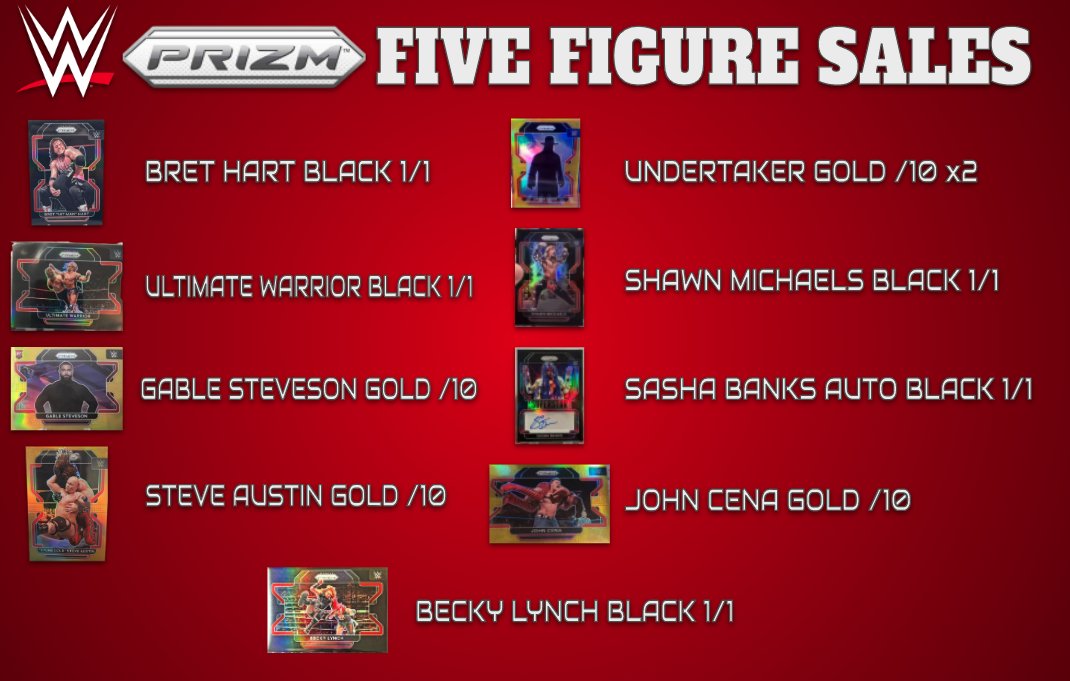If you have been a part of the crowd buying and selling on eBay lately, you have likely run into the new program that accompanies all raw cards in the trading card category. Basically, for all unsigned raw cards above 250 dollars in value to be shipped to the customer, it is now required to go through a verification process that checks that the item is authentic and that the “item matches description.” I want to go through a few points of the reasons why this program was created, and why it is responsible for one of the most frustrating experiences I have had buying and selling online.
Background
For those unfamiliar, the program was created to try to limit fraud within the category. Two things were happening: too many cards were being sold as real that weren’t, and sellers were often caught in difficult situations where returns were being completed over cards that didnt match a buyer’s desired perfect grading condition. As a result, both buyers and sellers were leaving eBay, especially for high dollar items, to go to other platforms. This had never really been a thing until the recent boom, so its not a shock that this program was created to help curb that loss.

It had also been done in shoes and handbags with some level of success, but with cards, it presents a whole different level of challenges that I doubt eBay really thought about. Their goal was not to ensure their customers received authentic goods that matched descriptions, no. They are a business and they wanted to make sure their revenue on completed sales was protected. Too many times the final value fees of a trading card would be lost over cases opened revealed fraudulent items, or returns were opened because a card wasnt a PSA 10. Instead of approaching this realistically, sweeping changes were instituted based on a process from other sales categories.
For vintage cards and cards that are frequently the victim of fakes, the program makes a lot of sense. Because cards have become some of the most valuable collectibles on the planet, scammers have made it a frequent target. The one place this program succeeds is preventing all those fakes from entering the market.
How it Works
Basically, a seller posts an item with certain identifiers and pricing. It triggers a set of circumstances in the application that automatically forces the item to go to the hub. This intake is run by a grading company that is supposed to review two things – authenticity and description of the item. When the item is won, the seller ships to the intake, where in a day or two it is authenticated or denied. If authenticated, the hub ships to the buyer. If denied, it goes back to the seller and the buyer is given a refund automatically.
There is no way to challenge the ruling, and the buyer has no input in the process. There is no opt out, and there is no way to reverse a claim if an item is declined or approved. Similarly, there are no returns if the item is approved and sent to the buyer. They cannot do anything to overturn the sale, and I have not yet heard about what happens if the item is damaged post authentication.
This creates a huge set of challenges on both ends of the process, including added shipping time, and potential negative feedback if the buyer wants to challenge the rulings. Sellers can also get around the program by listing in alternate categories, or adding terms to the description. Its a complete shit show that only impacts the buyers and sellers who arent savvy enough to figure out how to game the system.
My Experience
Ive had a few cards go through this program in which condition was not important to me. They were RARE PC cards that I wasnt planning on grading. Unlike most of the hobby, I think grading is a scam and have no desire to get involved. Because I am in the minority there, Im still subject to a program that is designed to curb people playing the myriad of scams that have become a standard.
One card made it to the program, was authenticated and sent to me without an issue. The extra delays in shipping were annoying, but I didnt care as long as it got to me and wasnt destroyed. Unfortunately the second time wasnt as helpful.
I won a Becky Lynch color blast in an auction for a price that was WELL above the threshold for this program. I knew the program would be a factor here, but never thought it would work against me. The seller had a ton of good feedback and the card looked clean. These cards are exceptionally expensive and exceptionally hard to get, so I just wanted to check this one off my target list. The card was shipped same day and arrived at the hub. A day later, I got an email saying that my card didnt pass authentication, with very little explanation. I was ready to flip over a table.

Not only was I going to miss out on this card, but I would now have to find another one, and it was for a reason that I absolutely didnt care about. In getting a more detailed description of the process, no real understanding was conveyed. All it provided was that something in the item page didnt match up with what they reviewed, so it was declined.
Obviously, the first thing I did was contact the seller. They didnt respond. I contacted eBay, and they didnt really give me much option in overturning their decision. As a result of this stupid fucking program, I am out a huge PC card, and there is nothing I can do about it without the seller cooperating. Because they didnt respond to my messages, its over.
What Can Be Done?
If eBay’s goal is truly to avoid fraud in selling fake cards and buyer’s remorse leading to returns on cards that dont meat the hyper-mint condition standards created by the grading companies, they need to be more in tune with how this business actually works. This means pre-auction reviews instead of post auction reviews, and more escrow style transactions where items and money are held with clear expectations and a way for the two parties to agree on outcomes.
Ebay has already shown that they want to invest more in their sports card business, offering vault services coming up, and likely expanding this program to include every card sold on their platform. There is a business growth model for the grading companies involved in it too, mainly because so many cards are involved here.
So far, this is a free service that is granted to both buyer and seller. I doubt that continues to be a cost free venture. If there is money to be made in making the involved parties pay for the service as a captive audience, a corporate entity beholden to its shareholders will have to take advantage of it.
With the trading card boom still in full effect, I doubt the flow of cards will slow down anytime soon. Even before the boom, cards and sports collectibles made up a huge portion of revenue on eBay. That wont change even if things shrink a bit closer to where it was before 2020.
In the end, there needs to be risk avoidance for eBay, and that means some sort of opt out with consequences. Basically buyers and sellers can opt out of the program, but they will need to give something in return. Likely buyers giving up their right to return an item and leave negative feedback, something that will give eBay what they need, and sellers still get their sales.
The program is just going to get bigger and bigger, and the one place I hope it expands to is autographs, where its clear that there is a gigantic problem of sellers forging autographs on items and selling without repercussions. Like I said, if eBay truly had the interest of the collector at heart, they would really double down instead of this type of cop out solution.
















